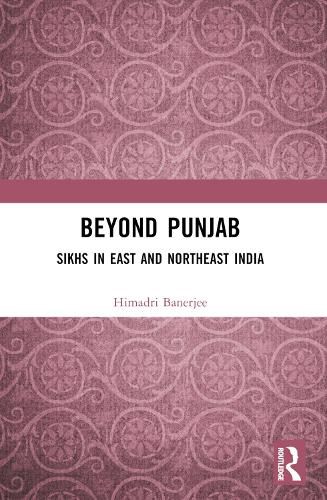Readings Newsletter
Become a Readings Member to make your shopping experience even easier.
Sign in or sign up for free!
You’re not far away from qualifying for FREE standard shipping within Australia
You’ve qualified for FREE standard shipping within Australia
The cart is loading…






This book focuses on Sikh communities in east and northeast India. It studies settlements in Bihar, Odisha, West Bengal, Assam, Meghalaya, and Manipur to understand the Indian Sikhs through the lens of their dispersal to the plains and hills far from Punjab. Drawing on robust historical and ethnographic sources such as official documents, media accounts, memoirs, and reports produced by local Sikh institutions, the author studies the social composition of the immigrants and surveys the extent of their success in retaining their community identity and recreating their memories of home at their new locations. He uses a nuanced notion of the internal diaspora to look at the complex relationships between home, host, and community.
As an important addition to the study of Sikhism, this book fills a significant gap and widens the frontiers of Sikh studies. It will be indispensable for students and researchers of sociology and social anthropology, history, migration and diaspora studies, religion, especially Sikh studies, cultural studies, as well as the Sikh diaspora worldwide.
$9.00 standard shipping within Australia
FREE standard shipping within Australia for orders over $100.00
Express & International shipping calculated at checkout
This book focuses on Sikh communities in east and northeast India. It studies settlements in Bihar, Odisha, West Bengal, Assam, Meghalaya, and Manipur to understand the Indian Sikhs through the lens of their dispersal to the plains and hills far from Punjab. Drawing on robust historical and ethnographic sources such as official documents, media accounts, memoirs, and reports produced by local Sikh institutions, the author studies the social composition of the immigrants and surveys the extent of their success in retaining their community identity and recreating their memories of home at their new locations. He uses a nuanced notion of the internal diaspora to look at the complex relationships between home, host, and community.
As an important addition to the study of Sikhism, this book fills a significant gap and widens the frontiers of Sikh studies. It will be indispensable for students and researchers of sociology and social anthropology, history, migration and diaspora studies, religion, especially Sikh studies, cultural studies, as well as the Sikh diaspora worldwide.